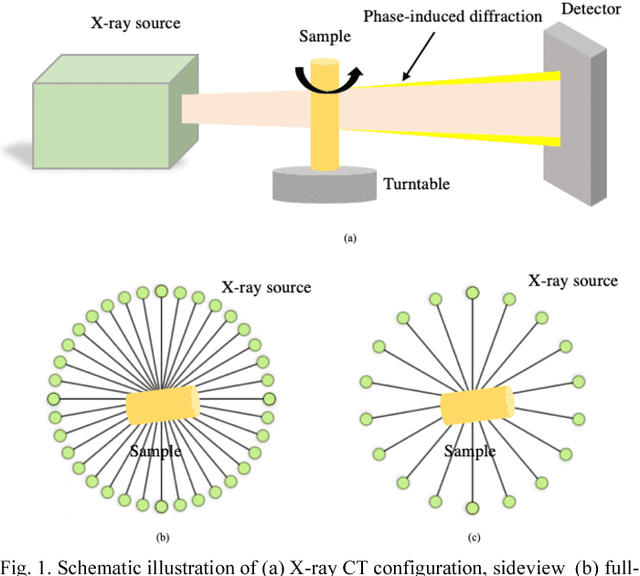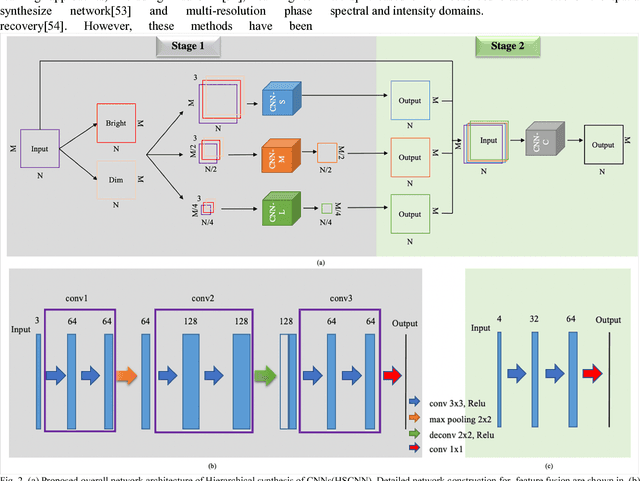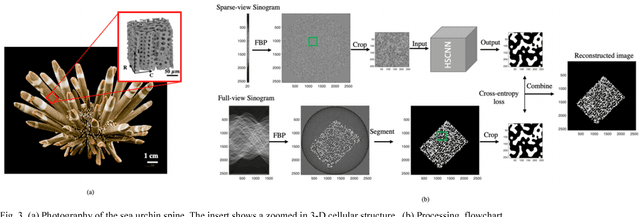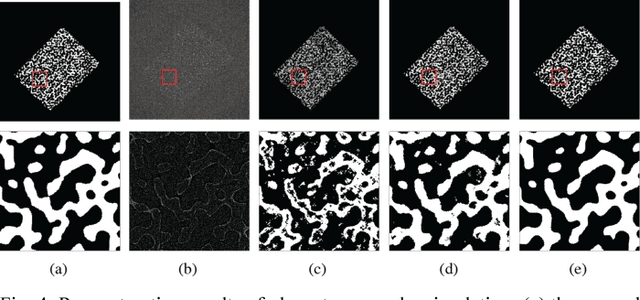Ziling Wu
Ensemble Foreground Management for Unsupervised Object Discovery
Jul 28, 2025



Abstract:Unsupervised object discovery (UOD) aims to detect and segment objects in 2D images without handcrafted annotations. Recent progress in self-supervised representation learning has led to some success in UOD algorithms. However, the absence of ground truth provides existing UOD methods with two challenges: 1) determining if a discovered region is foreground or background, and 2) knowing how many objects remain undiscovered. To address these two problems, previous solutions rely on foreground priors to distinguish if the discovered region is foreground, and conduct one or fixed iterations of discovery. However, the existing foreground priors are heuristic and not always robust, and a fixed number of discoveries leads to under or over-segmentation, since the number of objects in images varies. This paper introduces UnionCut, a robust and well-grounded foreground prior based on min-cut and ensemble methods that detects the union of foreground areas of an image, allowing UOD algorithms to identify foreground objects and stop discovery once the majority of the foreground union in the image is segmented. In addition, we propose UnionSeg, a distilled transformer of UnionCut that outputs the foreground union more efficiently and accurately. Our experiments show that by combining with UnionCut or UnionSeg, previous state-of-the-art UOD methods witness an increase in the performance of single object discovery, saliency detection and self-supervised instance segmentation on various benchmarks. The code is available at https://github.com/YFaris/UnionCut.
Attentional Ptycho-Tomography (APT) for three-dimensional nanoscale X-ray imaging with minimal data acquisition and computation time
Nov 29, 2022Abstract:Noninvasive X-ray imaging of nanoscale three-dimensional objects, e.g. integrated circuits (ICs), generally requires two types of scanning: ptychographic, which is translational and returns estimates of complex electromagnetic field through ICs; and tomographic scanning, which collects complex field projections from multiple angles. Here, we present Attentional Ptycho-Tomography (APT), an approach trained to provide accurate reconstructions of ICs despite incomplete measurements, using a dramatically reduced amount of angular scanning. Training process includes regularizing priors based on typical IC patterns and the physics of X-ray propagation. We demonstrate that APT with 12-time reduced angles achieves fidelity comparable to the gold standard with the original set of angles. With the same set of reduced angles, APT also outperforms baseline reconstruction methods. In our experiments, APT achieves 108-time aggregate reduction in data acquisition and computation without compromising quality. We expect our physics-assisted machine learning framework could also be applied to other branches of nanoscale imaging.
AMD-DBSCAN: An Adaptive Multi-density DBSCAN for datasets of extremely variable density
Oct 15, 2022



Abstract:DBSCAN has been widely used in density-based clustering algorithms. However, with the increasing demand for Multi-density clustering, previous traditional DSBCAN can not have good clustering results on Multi-density datasets. In order to address this problem, an adaptive Multi-density DBSCAN algorithm (AMD-DBSCAN) is proposed in this paper. An improved parameter adaptation method is proposed in AMD-DBSCAN to search for multiple parameter pairs (i.e., Eps and MinPts), which are the key parameters to determine the clustering results and performance, therefore allowing the model to be applied to Multi-density datasets. Moreover, only one hyperparameter is required for AMD-DBSCAN to avoid the complicated repetitive initialization operations. Furthermore, the variance of the number of neighbors (VNN) is proposed to measure the difference in density between each cluster. The experimental results show that our AMD-DBSCAN reduces execution time by an average of 75% due to lower algorithm complexity compared with the traditional adaptive algorithm. In addition, AMD-DBSCAN improves accuracy by 24.7% on average over the state-of-the-art design on Multi-density datasets of extremely variable density, while having no performance loss in Single-density scenarios.
CRATOS: Cognition of Reliable Algorithm for Time-series Optimal Solution
Mar 04, 2020



Abstract:Anomaly detection of time series plays an important role in reliability systems engineering. However, in practical application, there is no precisely defined boundary between normal and anomalous behaviors in different application scenarios. Therefore, different anomaly detection algorithms and processes ought to be adopted for time series in different situation. Although such strategy improve the accuracy of anomaly detection, it takes a lot of time for engineers to configure millions of different algorithms to different series, which greatly increases the development and maintenance cost of anomaly detection processes. In this paper, we propose CRATOS which is a self-adapt algorithms that extract features for time series, and then cluster series with similar features into one group. For each group we utilize evolution algorithm to search the best anomaly detection methods and processes. Our methods can significantly reduce the cost of development and maintenance. According to our experiments, our clustering methods achieves the state-of-art results. Compared with the accuracy (93.4%) of the anomaly detection algorithms that engineers configure for different time series manually, our algorithms is not far behind in detecting accuracy (85.1%).
Robust X-ray Sparse-view Phase Tomography via Hierarchical Synthesis Convolutional Neural Networks
Jan 30, 2019



Abstract:Convolutional Neural Networks (CNN) based image reconstruction methods have been intensely used for X-ray computed tomography (CT) reconstruction applications. Despite great success, good performance of this data-based approach critically relies on a representative big training data set and a dense convoluted deep network. The indiscriminating convolution connections over all dense layers could be prone to over-fitting, where sampling biases are wrongly integrated as features for the reconstruction. In this paper, we report a robust hierarchical synthesis reconstruction approach, where training data is pre-processed to separate the information on the domains where sampling biases are suspected. These split bands are then trained separately and combined successively through a hierarchical synthesis network. We apply the hierarchical synthesis reconstruction for two important and classical tomography reconstruction scenarios: the spares-view reconstruction and the phase reconstruction. Our simulated and experimental results show that comparable or improved performances are achieved with a dramatic reduction of network complexity and computational cost. This method can be generalized to a wide range of applications including material characterization, in-vivo monitoring and dynamic 4D imaging.
 Add to Chrome
Add to Chrome Add to Firefox
Add to Firefox Add to Edge
Add to Edge